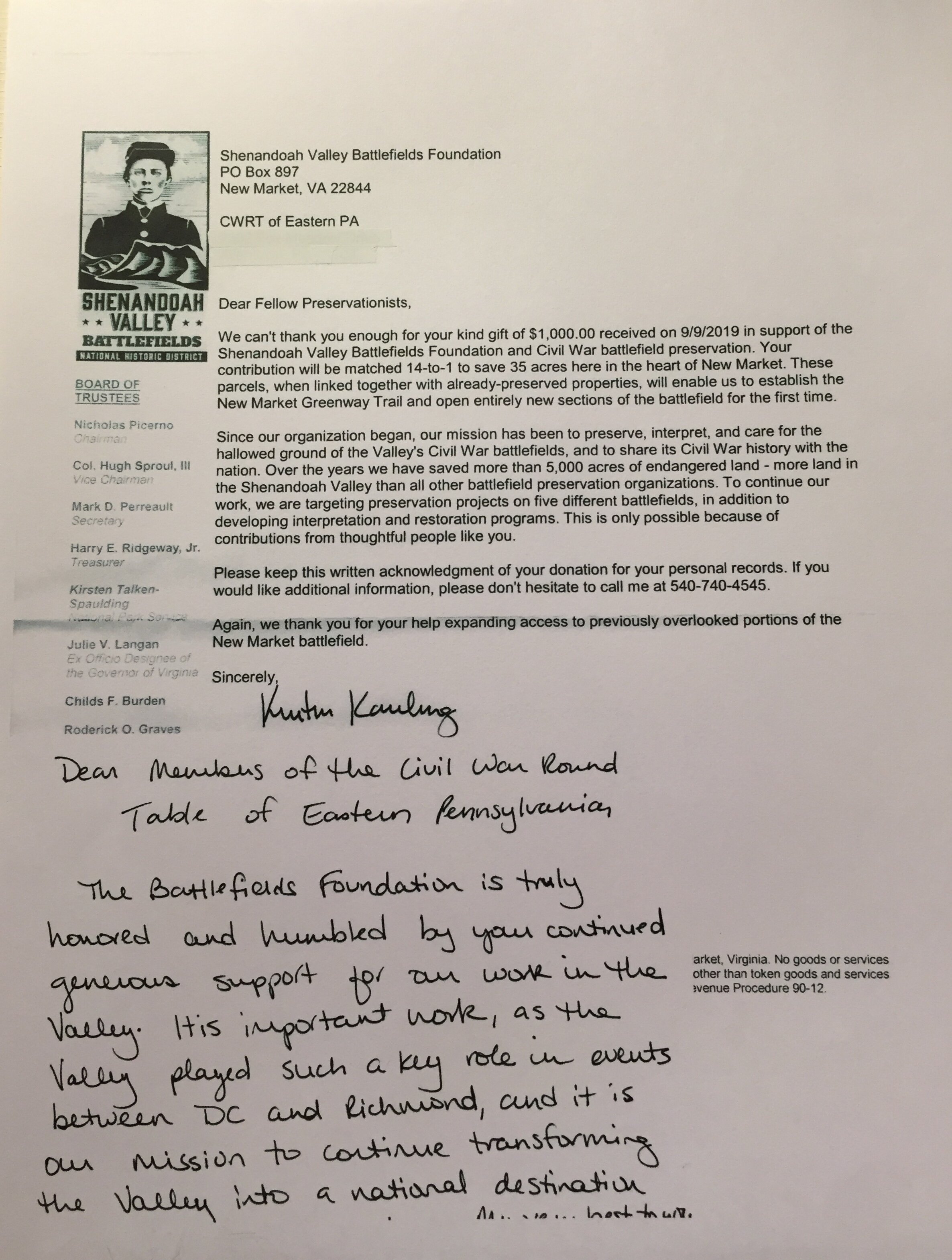I have some wonderful news about our two newest preservation opportunities in the Western Theater — one at the famed battlefield of Lookout Mountain and the other at the historic Franklin Battlefield.
Let’s turn for a few moments to the background of these tracts, beginning with Lookout Mountain...
“Battle Above the Clouds” at Lookout Mountain – 301 Acre Tract
This parcel provided the only possible approach on Lookout Mountain that allowed Union General Joseph Hooker to execute his unexpected and wildly successful maneuver against Confederate General Braxton Bragg’s forces on Lookout Mountain. It is one of the single largest tracts of land that can still be saved on the Chattanooga Battlefield.
This effort marks one of the biggest land transactions at this battlefield since Chickamauga and Chattanooga National Military Park was dedicated as America’s first national military park in 1895. We will be making preservation history!
Thanks to a generous landowner donation and anticipated federal and state grants, with your help we will be able to protect this land with a conservation easement worth $3.8 million for just $50,000!
Franklin Battlefield – 2 Acre Tract
This 2-acre parcel located along the Lewisburg Pike witnessed heavy combat on November 30, 1864. Confederate General Thomas Scott’s brigade of Louisiana, Alabama and Tennessee troops charged across these acres making a final push towards the Federal defensive works on the left flank of the Union line as the battle raged around them. Scott’s troops faced withering fire from Federal artillery and muskets and suffered heavy casualties.
This parcel of land is so important that Chief Executive Officer for the Battle of Franklin Trust and author of this generation’s best history of that battle, Eric Jacobson, described it as “one of the last available, most important unpreserved properties in Franklin.”
The Trust has committed a grant of $25,000 to help make this transaction possible and to secure this important piece of the battlefield for all time!
However, we can’t fulfill these commitments without your support! Can I count on your gift to help preserve two tracts at Lookout Mountain and Franklin in Tennessee?
Thanks to you, we can protect our country’s future by preserving its past.
‘Til the battle is won,
David N. Duncan
President






























